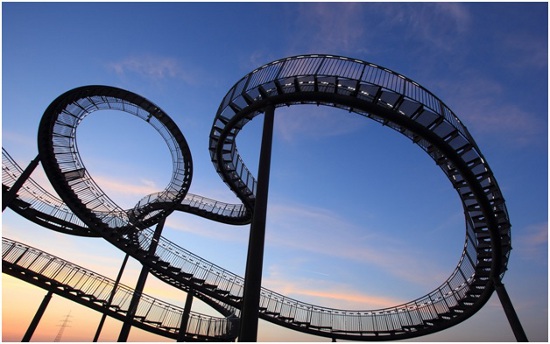What Does Structural Steel Fabrication Involve?
Structural steel fabrication is the process of cutting, bending, and assembling structural steel to create custom structures and products in a variety of shapes and sizes. The process involves performing calculations based on drawings or designs provided by the customer, detailing the exact measurements and specifications needed for the structure or product.
Once these details are established, the steel fabricator will then cut, shape, and assemble the steel components to create the project. This process typically involves welding the pieces together with shielded metal-arc welders or gas metal-arc welders. Finishing touches such as grinding down rough edges may also be performed before a product is completed. The finished product can then be used in a variety of applications, from structural frames to bridges, lintels, and stairs.
Throughout the steel fabrication process, fabricators need to adhere to safety protocols such as wearing protective gear, using proper lifting techniques, and working with machines correctly. This will ensure that their products are of the highest quality and safe for use in a variety of settings. In addition, fabricators should always follow industry standards and codes to ensure that the products they are producing meet all local regulations.
By being aware of the various aspects of structural steel fabrication, fabricators can create long-lasting and durable products that will last for years to come. By following proper safety procedures, staying up-to-date with industry standards, and using quality materials, fabricators can ensure that their products will meet the highest standards of safety and performance.
By understanding the complexities of structural steel fabrication, they can produce custom projects to fit any need or specification. With these skills and knowledge in place, a fabrication team is sure to create products that have longevity and strength.
Design, Fabricate & Build
Companies like easyframes Melbourne are experts in steel fabrication; they know that the process is broken down into three major steps – design, fabricate, and build.
The first step is designing a structural steel project from the ground up. This includes designing the shape and size of your piece to accommodate load-bearing capacities and welding requirements. After this blueprint is finalised, the fabrication team proceeds with cutting and forming the metal accordingly. They use a variety of tools and welding techniques to give shape to your project according to specifications.
The final steps include assembling, inspecting, and finally testing the fabricated structure for strength, stability and integrity. Once these have been met, it’s ready for installation in whatever application it was designed for.
Structural steel fabrication is a complex process that requires precise measurements, specialised tools and experienced personnel to guarantee the desired outcome. Its advantages include superior strength compared to other materials and its ability to be customised for any project. This makes it an ideal choice for a variety of structural applications ranging from bridges and buildings to towers and monuments.
Why is structural steel so popular? Structural steel offers strength, durability, and adaptability. It’s also recyclable, making it an environmentally friendly choice for any project. Also, it is relatively inexpensive compared to other materials and its versatility allows for a range of design possibilities.
In summary, what does structural steel fabrication involve? This process involves the cutting, drilling, and welding of steel pieces to create the desired end product. Structural steel fabricators must know the right techniques and have a good understanding of local building codes to ensure that their projects meet all safety standards!













